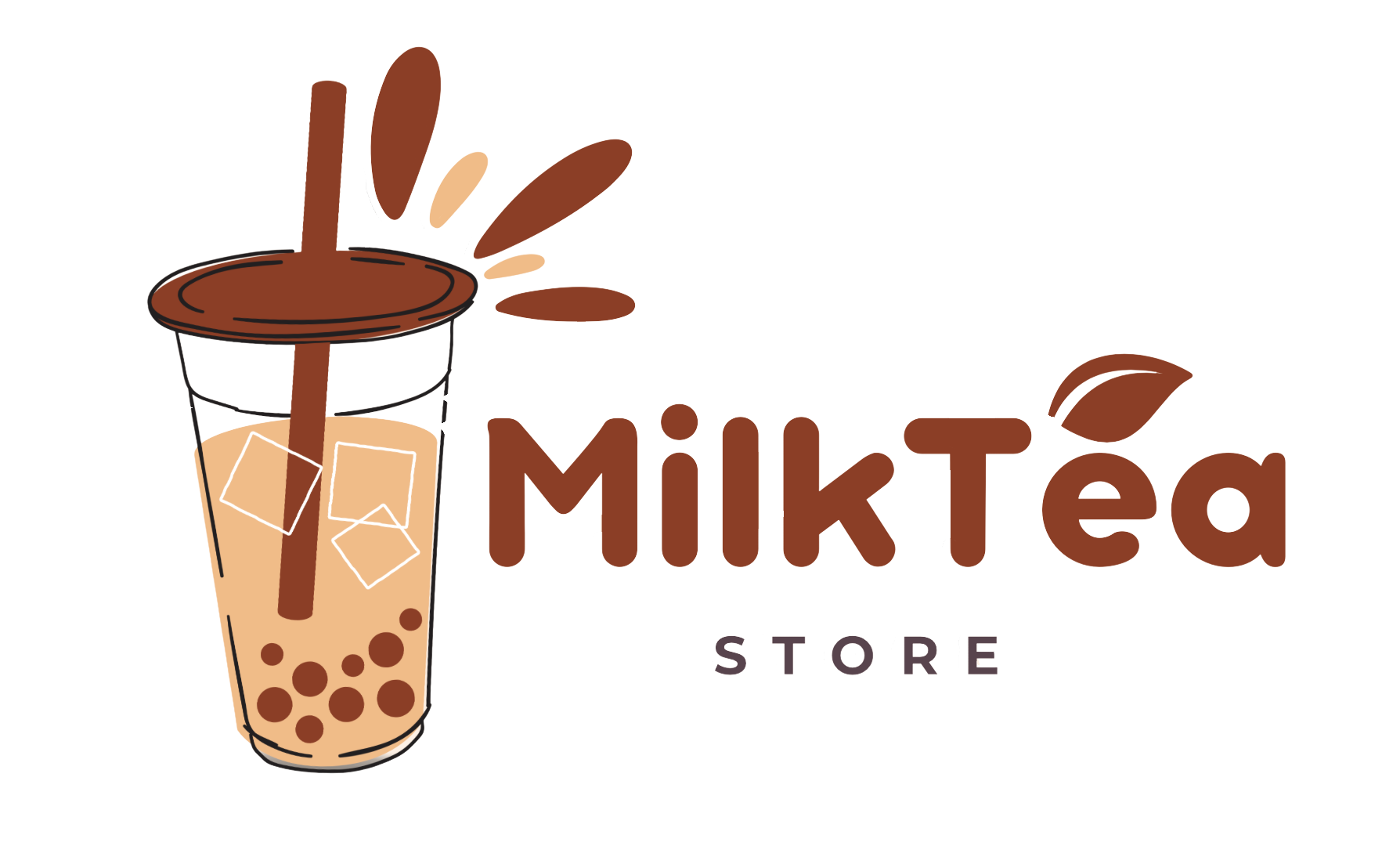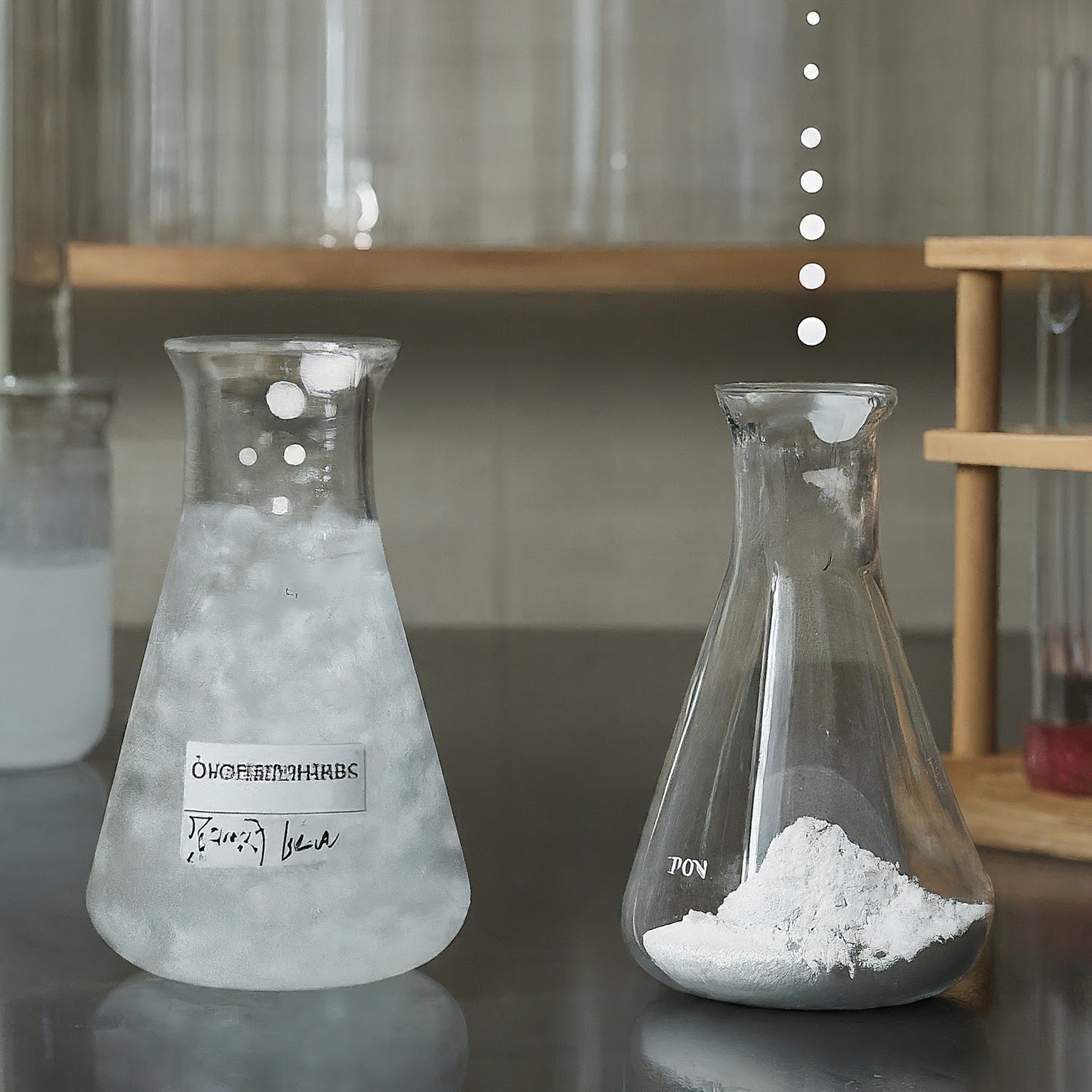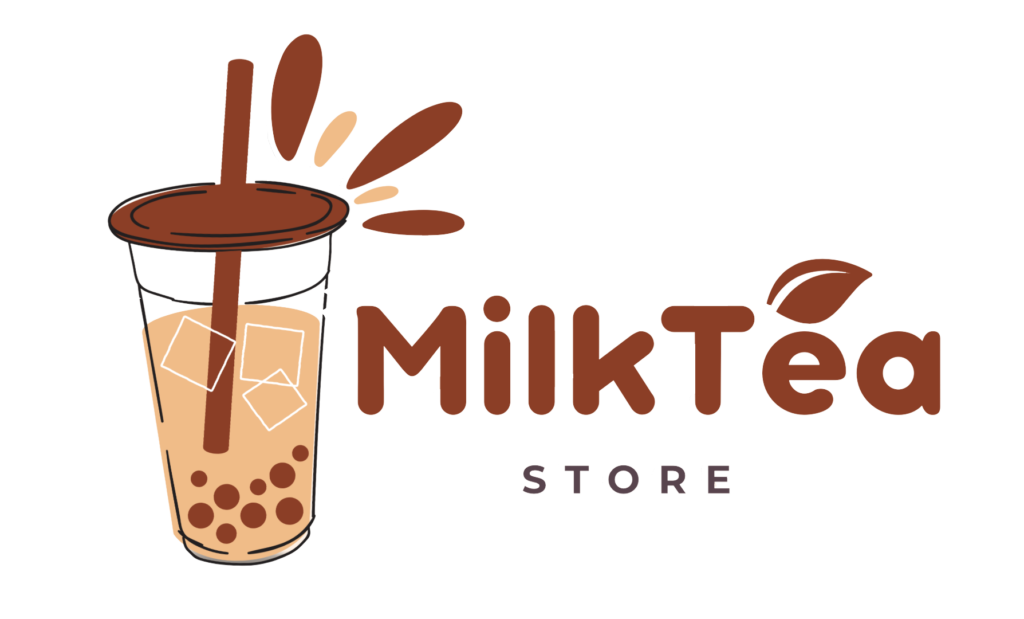The Art of Boba: Understanding the Importance of Cooking Time
Boba, also known as bubble tea, has become a beloved beverage around the world. Originating in Taiwan in the 1980s, boba has gained immense popularity due to its unique combination of tea, milk, and chewy tapioca pearls. What was once a niche drink has now become a global phenomenon, with boba shops popping up in every corner of major cities.
The rise in popularity of boba can be attributed to its delicious taste and the experience it offers. The combination of flavors and textures creates a delightful sensation with every sip. However, the key to a perfect cup of boba lies in the proper preparation of the tapioca pearls.
What is Boba and How is It Made?
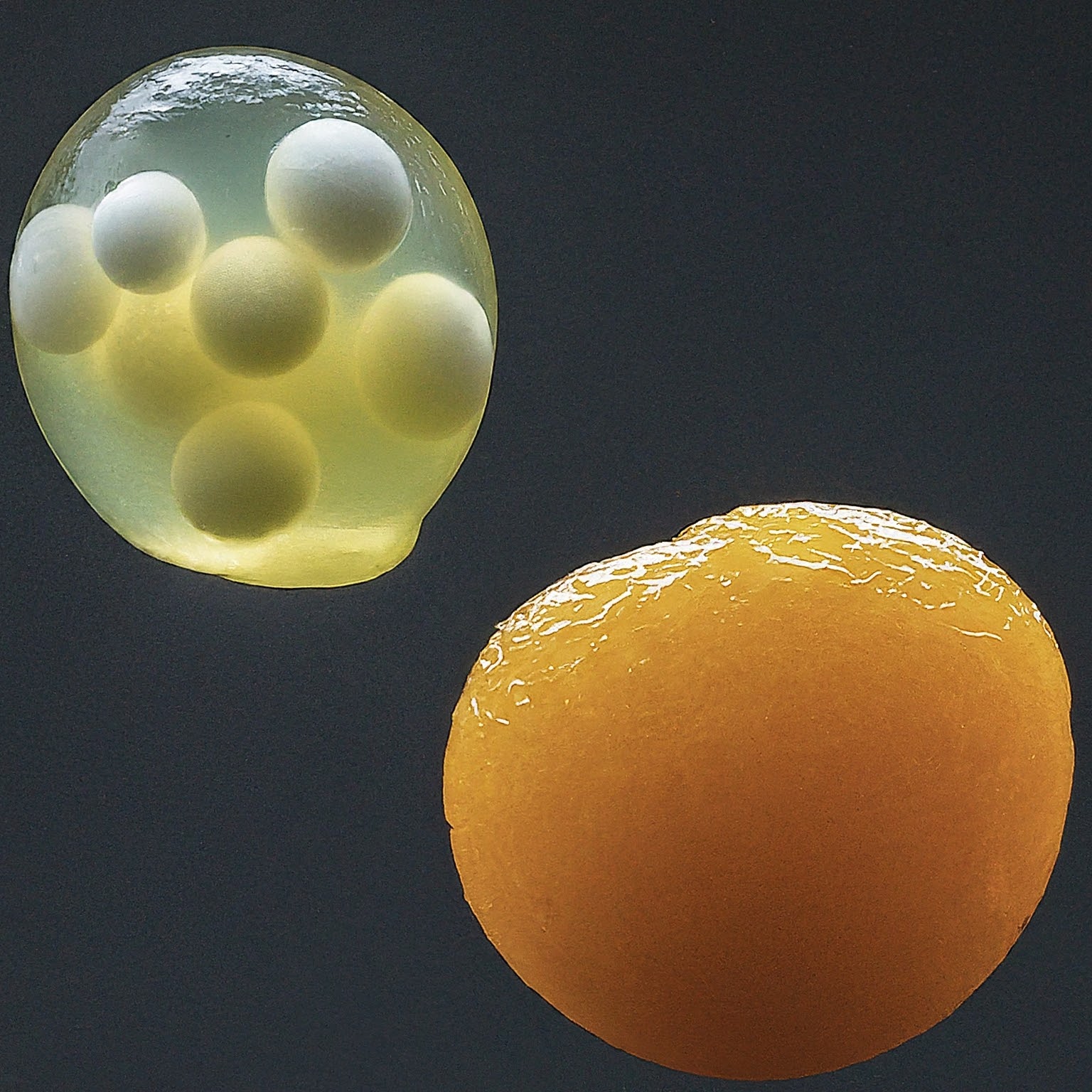
Boba refers to the chewy tapioca pearls that are added to the tea-based beverage. These pearls are made from tapioca starch, which is derived from the cassava root. The starch is mixed with water and other ingredients to form a dough-like consistency. This dough is then rolled into small balls and cooked until they become soft and chewy.
The process of making boba starts with boiling water and adding the tapioca pearls. The pearls are cooked until they reach the desired texture, which can vary from soft and chewy to firm and bouncy. Once cooked, the pearls are rinsed with cold water to remove any excess starch and then added to the prepared tea or milk mixture.
The Importance of Cooking Time in Boba Preparation
Cooking time plays a crucial role in achieving the perfect texture for boba pearls. If cooked for too long, the pearls can become mushy and lose their chewiness. On the other hand, if undercooked, they can be hard and unpleasant to eat.
Several factors can affect the cooking time of boba pearls. The size of the pearls, the type of tapioca starch used, and the altitude at which they are cooked can all impact the cooking time. It is essential to follow a recipe or guidelines to ensure that the pearls are cooked to perfection.
How Cooking Time Affects the Texture of Boba
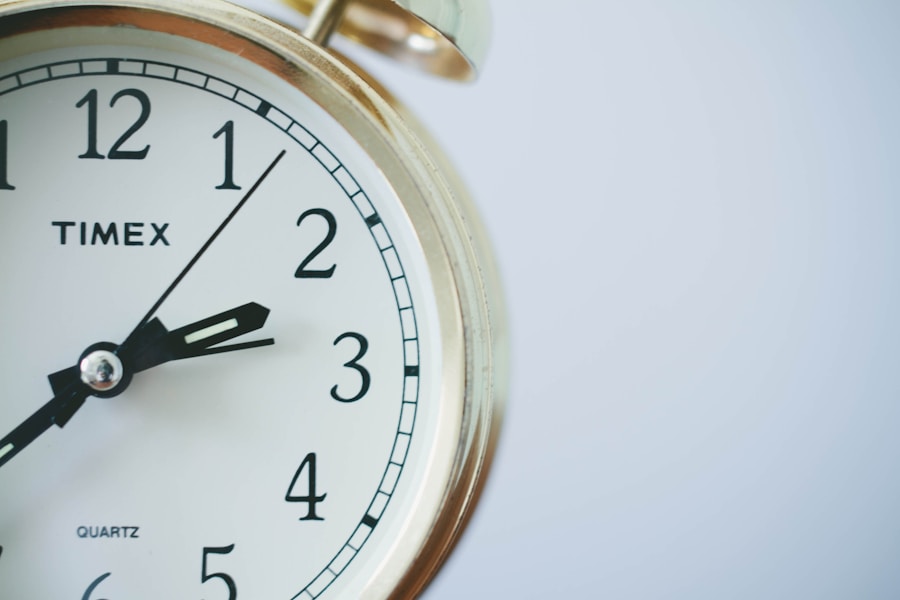
The cooking time has a direct impact on the texture of boba pearls. Different cooking times result in different textures, allowing individuals to customize their boba experience.
If cooked for a shorter period, the pearls will be firmer and have a slight chewiness to them. This texture is preferred by some as it provides a more substantial bite. On the other hand, if cooked for a longer time, the pearls become softer and more gelatinous, resulting in a more jelly-like texture.
To achieve the desired texture, it is essential to experiment with different cooking times. Start with the recommended cooking time and adjust accordingly based on personal preference.
The Role of Temperature in Boba Cooking
Temperature also plays a significant role in cooking boba pearls. The ideal temperature for cooking boba is around 212°F (100°C). This temperature allows the pearls to cook evenly and ensures that they reach the desired texture.
If the temperature is too low, the pearls may take longer to cook, resulting in uneven texture and taste. If the temperature is too high, the pearls may cook too quickly and become mushy.
It is crucial to maintain a consistent temperature throughout the cooking process. Using a thermometer can help ensure that the water reaches the desired temperature and stays constant.
Different Methods of Boba Cooking and Their Effects on Taste and Texture
There are several methods for cooking boba pearls, each with its own advantages and disadvantages. The most common methods include stovetop cooking, microwave cooking, and pressure cooker cooking.
Stovetop cooking involves boiling water on a stovetop and adding the tapioca pearls. This method allows for better control over the cooking process and ensures that the pearls cook evenly. However, it requires constant monitoring and stirring to prevent the pearls from sticking together.
Microwave cooking is a quicker method that involves cooking the pearls in a microwave-safe bowl with water. This method is convenient but may result in uneven cooking if not monitored closely.
Pressure cooker cooking is a relatively new method that allows for faster cooking times. The pressure cooker creates a high-pressure environment, which helps the pearls cook more quickly and evenly. However, this method requires careful monitoring to prevent overcooking.
The Science Behind Boba Cooking: Starch Gelatinization and Its Impact on Boba Quality
The cooking process of boba pearls involves starch gelatinization, which is the process of breaking down starch molecules in the presence of heat and water. This process is essential for achieving the desired texture and taste of boba.
During cooking, the heat causes the starch molecules in the tapioca pearls to absorb water and swell. This swelling creates a gel-like structure, giving the pearls their chewy texture. The longer the pearls are cooked, the more starch gelatinization occurs, resulting in a softer texture.
To achieve optimal starch gelatinization, it is important to cook the pearls at the right temperature and for the appropriate amount of time. This will ensure that the starch molecules break down properly, resulting in a perfect cup of boba.
Tips for Achieving Perfectly Cooked Boba Every Time
To achieve perfectly cooked boba pearls every time, there are several tips to keep in mind:
1. Proper measurement of ingredients: Accurate measurement of tapioca starch and water is crucial for achieving the right consistency of boba dough.
2. Stirring and monitoring cooking time: Stirring the pearls while they cook helps prevent them from sticking together. It is also important to monitor the cooking time closely to ensure that the pearls are cooked to the desired texture.
3. Other tips for perfect boba: Rinsing the cooked pearls with cold water helps remove excess starch and prevents them from sticking together. Adding a sweetener, such as sugar or honey, to the cooking water can enhance the flavor of the pearls.
Common Mistakes to Avoid When Cooking Boba
When cooking boba pearls, there are several common mistakes to avoid:
1. Overcooking or undercooking boba: Cooking the pearls for too long or too short a time can result in undesirable textures. It is important to follow a recipe or guidelines to ensure that the pearls are cooked just right.
2. Using incorrect ingredients or measurements: Using the wrong type of tapioca starch or inaccurate measurements can affect the texture and taste of boba pearls. It is important to use the recommended ingredients and measurements for best results.
3. Other common mistakes and how to avoid them: Not stirring the pearls while they cook can cause them to stick together. Not monitoring the cooking time closely can result in overcooked or undercooked pearls. It is important to be attentive and follow the cooking process closely.
How to Store and Reheat Cooked Boba
If you have leftover cooked boba pearls, it is important to store them properly to maintain their texture and taste. The pearls should be stored in a sealed container in the refrigerator. They can be kept for up to 2 days.
To reheat cooked boba, bring a pot of water to a boil and add the pearls. Cook for a few minutes until they are heated through. Be careful not to overcook them, as this can affect their texture.
Mastering the Art of Boba Cooking for a Perfect Cup Every Time
In conclusion, boba has become a beloved beverage around the world due to its unique combination of flavors and textures. The key to a perfect cup of boba lies in the proper preparation of the tapioca pearls.
Cooking time, temperature, and method all play a crucial role in achieving the desired texture and taste of boba pearls. It is important to experiment with different cooking times and methods to find the perfect balance.
By following the tips and avoiding common mistakes, anyone can master the art of boba cooking and enjoy a perfect cup every time. With practice and experimentation, individuals can create their own unique boba recipes and techniques for a truly personalized boba experience. So go ahead, grab your ingredients, and start cooking your way to boba perfection!
Originally posted 2024-02-15 04:48:12.
